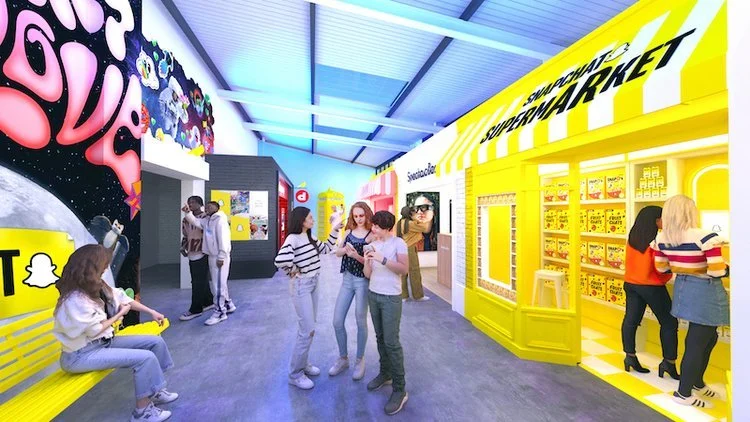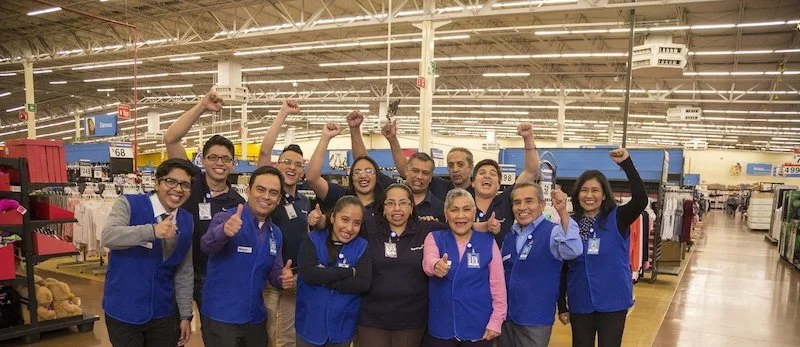Is live streaming truly the breakout retail tech it was supposed to be?
Every year, creatives within the retail space manage to find new ways to apply technology to the different stages of the retail process.
At our very own RTIH Innovation Awards for 2023, a new Virtual Store of the Year award looks to platforms offering personalised experiences and engaging new tech applications like gamification.
Another area considered in the Virtual Store of the Year award is the application of live streaming as an engaging form of online shopping tech.
Now, we’ve been hearing hype about live commerce for many years, with it already having strong roots in major markets around the world. In Western markets, however, you’d be forgiven for not knowing any platform that offers a way to engage in live shopping outside of a one off event.
Has the combination of live streaming and shopping truly arrived yet, is it just warming up, and where has live streaming stuck to showcase how best to apply the tech in retail?
Live streaming in retail is proven to work
In 2021, McKinsey published an insights piece addressing the rise of live shopping in China and its potential in US markets among others.
Most notable were the points on Taobao Live opening a new phase of selling for Alibaba in 2016. Four years after its inception, the live selling arm of the retail giant was generating $7.5 billion in total transaction value in just 30 minutes of a major shopping event day – Singles’ Day.
Importantly for sales, a live event automatically increases the sense in customers that buying there and then is the right choice. From mobile notifications to every tabloid headlining with spoilers from the latest hit show or movie, many customers in Western markets are conditioned to fear missing out.
Combining a live event with limited stock, exclusive items, and even the potential for vouchers can help to increase conversion rates significantly.
There are many logical benefits to integrating live shopping. So, from an immediate standpoint, it’s a wonder why there isn’t a whole host of major e-commerce brands and even smaller retail businesses diving headfirst into live shopping.
Perhaps part of the issue is that online shopping is more of an on-demand convenience, while tuning in at a specific time to wait and then buy isn’t convenient.
Live shopping may only have real appeal in high-end and luxury areas. Appealing to more isolated big spenders who can’t make it to a retail store could bring a professional live experience to online retail. For the retail shopping masses, however, social media looks to be the mainstay of live shopping.
Here, it’s perceived as more authentic, often cheaper than elsewhere, and will align with the “influencer’s” usually entertainment driven content.
Where Western customers adopt live streaming
Live shopping isn’t a failed experiment in Western markets yet, with some estimations valuing the sector at over $50 billion in the US alone by 2026.
Still, it hasn’t clicked as quickly or naturally as the integration of live-streaming tech elsewhere. In an attempt to blur the line between the real in-house experience and the practice of playing through a screen, live streaming has become very popular at online casinos.
Now, you’ll still see no deposit bonuses for online slots as the focus of the top offers rated by casinobonusca, but most deposit match bonuses can be played on the live dealer tables. In fact, the sector has even expanded beyond the likes of roulette and blackjack to new game shows and even live slots.
The key to the rampant success of the sector, which live shopping can draw from, is interactivity. To translate to live shopping, a UI that presents an instant buy option for any product showcased and demonstrated would make it a real-time experience.
Elsewhere, we can see people collecting massive audiences by going live. It’s most evident on Twitch, especially when it comes to Ibai and its 3.3 million concurrent viewers, but similar examples can be seen on YouTube Live and even LinkedIn Live.
In all instances, the experience is more authentic and personable. It’s why live shopping is doing fairly well on social platforms rather than pure online retail. Easily the most storied application is with live sports. DAZN is a relatively new live sports platform and has found success by going all-in on exclusive live events.
Live streaming offers many benefits to sellers and potential buyers, but Western brands haven’t quite cracked the code for how to deliver it just yet.















Continue reading…